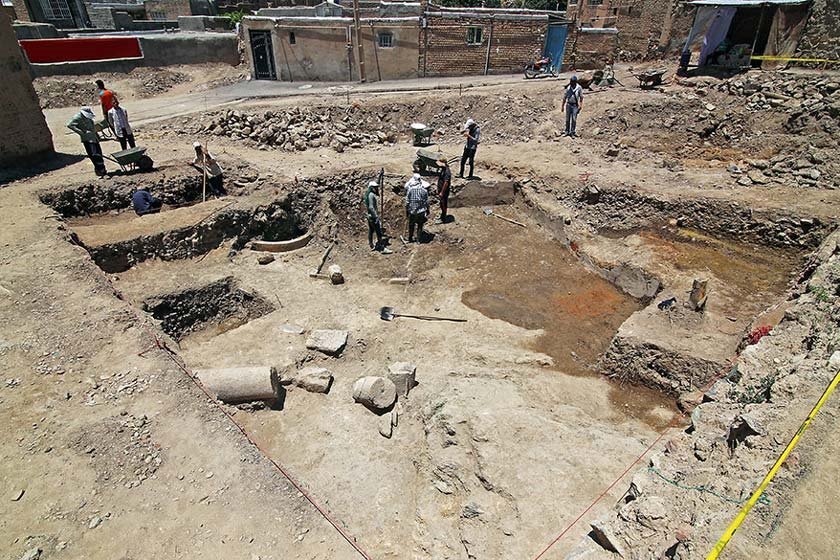Archaeologists still hoping to find Laodicea Temple

TEHRAN – A team of Iranian archaeologists is still hoping to find Laodicea Temple following several failed attempts made in the city of Nahavand, west-central Iran.
“We are planning to conduct a final archaeological season in search of Laodicea Temple if the needed budget is provided,” ISNA quoted Nahavand’s tourism chief as saying on Saturday.
Previous excavations uncovered capital column heads, their shafts, and bases as well as striking pieces of engraved pottery estimated to date back to the Seleucid era.
Archaeologists believe that the ancient Greek temple is buried beneath many residential units built by the locals over the years.
According to archaeologist Mohsen Khanjan, the ruined Laodicea Temple is one of the treasured sites in Nahavand and it bears relics, which date from the time of the Seleucid Empire.
In 1943, archaeologists discovered an 85x36 centimeter ancient inscription of 30 lines written in Greek calling on the people of Nahavand to obey the laws of the government. The inscription indicated the existence of the Laodicea Temple, which had been built by the Seleucid king who ruled Asia Minor, Antiochus III the Great (223-187 BC), for his wife Queen Laodicea.
Two of the inscriptions as well as four bronze statuettes unearthed at the site, are on display in the National Museum of Iran in downtown Tehran. And, column capitals and bases are currently being used as decorations in Nahavand’s Hajian Bazaar and several other parts of the city.
The Seleucid Empire reigned from 312 BC to 63 BC; Seleucus I Nicator founded it following the division of the Macedonian Empire, vastly expanded by Alexander the Great. Seleucus received Babylonia (321 BC) and from there expanded his dominions to include much of Alexander's near-eastern territories. At the height of its power, the Empire included central Anatolia, Persia, the Levant, Mesopotamia, and what is now Kuwait, Afghanistan, and parts of Pakistan and Turkmenistan.
AFM
